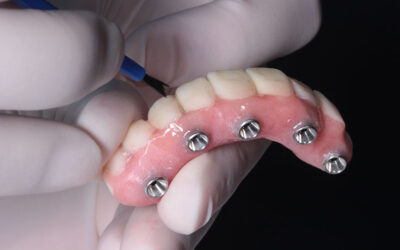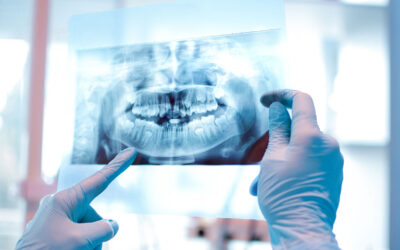A multitude of different factors can lead to the development of TMJ disorders. Like any other joint in the body, the temporomandibular joint can develop arthritis. Stress placed on the joint, whether by acute injury or dislocation, or more chronic stressors such as bite misalignment, jaw tension, and teeth grinding, can all lead to TMJ disorders.
If you believe you may be suffering from a TMJ disorder, the first step to take is to receive a diagnosis. A dental examination can reveal tenderness, reduced range of motion, or any unusual noises from the TM joints or muscles which may indicate a TMJ disorder. Your diagnosis will determine the next steps to take, whether that includes a referral to a specialist or beginning treatment.
The National Institute of Dental and Craniofacial Research has developed a step-by-step plan which emphasizes trying simple treatments before undertaking more drastic interventions. These simpler lifestyle changes include eating softer foods, avoiding habits that put undue stress on the jaw, such as chewing gum and biting one’s nails, applying heat packs to reduce discomfort, and using relaxation techniques to try to reduce jaw tension. If none of these interventions are effective, or if your symptoms demand, you may be advised to try a number of exercises designed to increase jaw strength, some drugs prescribed by your dentist, or a night guard or bite plate to reduce tooth grinding and clenching during your sleep. A dentist may also propose adjustment or reshaping of some teeth, or orthodontic treatments, in order to address issues caused by misaligned teeth.



